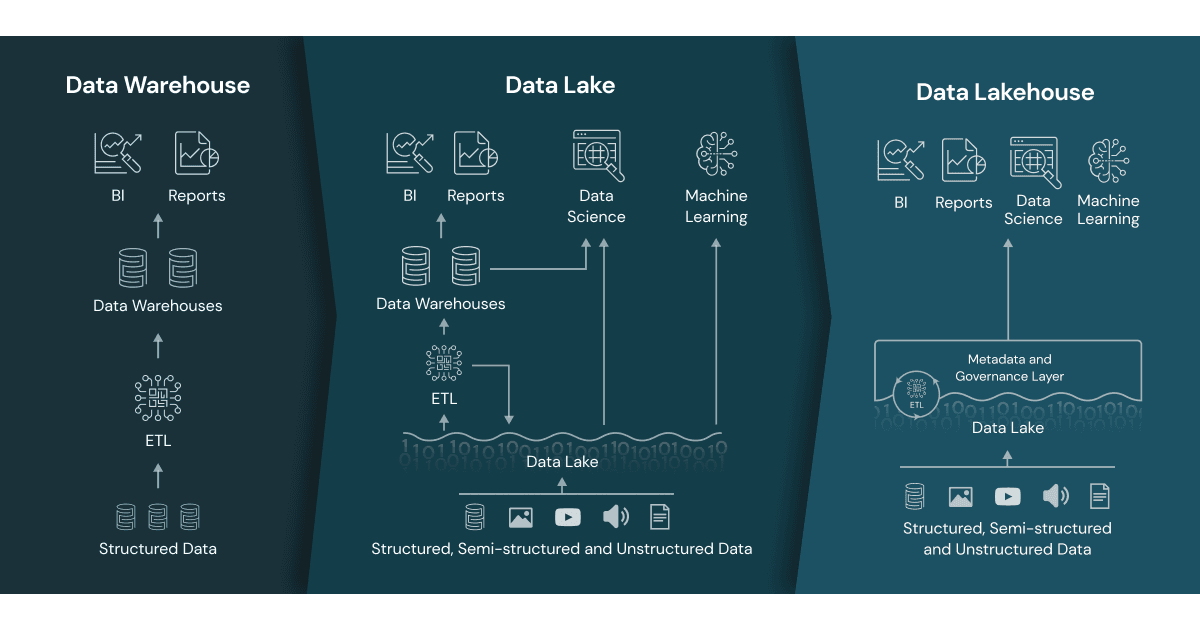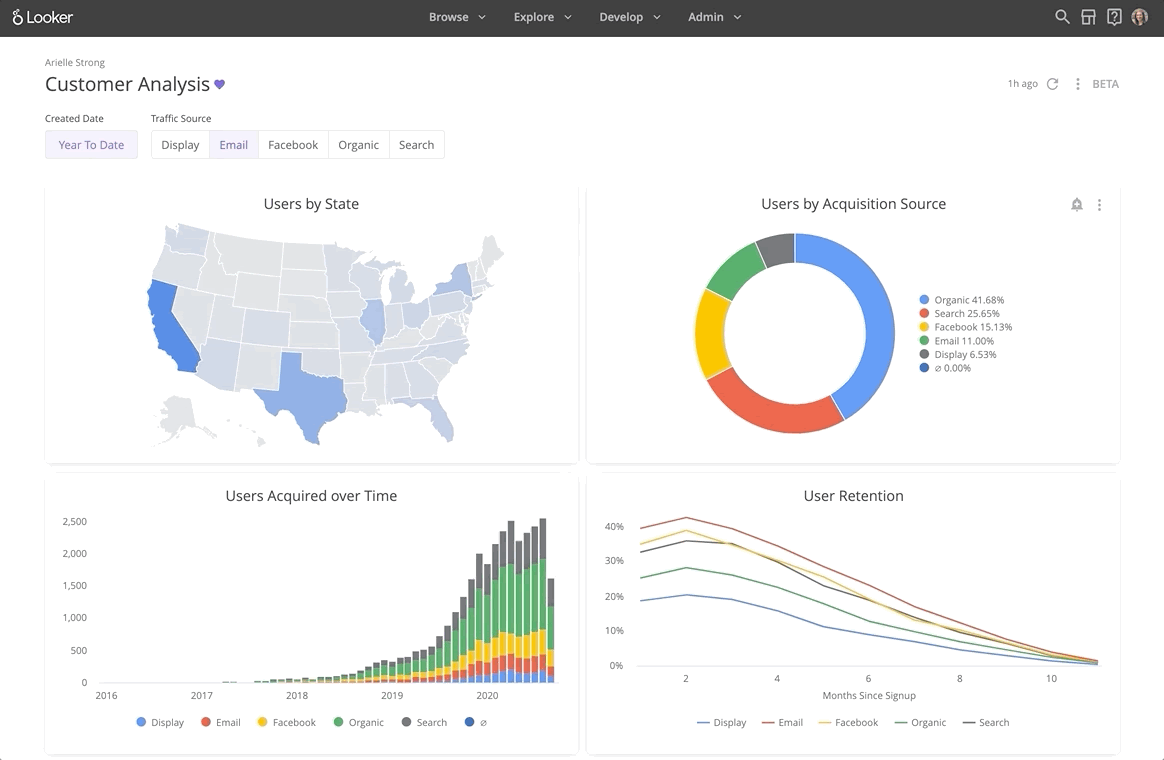In today’s episode about the remarkable enterprise software transformation journey of UrbanBox, we focus on one of the core business benefits of enterprise software systems: the ability to mine a wealth of business intelligence data as input for strategic business decisions, such as product mix offerings tailored to regional customer wants and needs.
The Challenge
The UrbanBox Board of Directors is pleased with the series of successful steps taken by Sara – the innovative and forward-looking CIO of UrbanBox – in transforming the UrbanBox business software landscape into a composable architecture and the cost savings she has achieved by doing so. After showcasing the outcomes of her recent modernization initiatives for shop floor functionality, a board member inquired about the potential to leverage these efforts for extensive data mining, enabling competitive analysis and leading to deeper insights into global customer satisfaction, desires, needs, trends, and behaviors.

The Approach
Sara expected this request and had her business analyst Priyanka prepare a cost-benefit analysis of using Google technologies for a business intelligence dashboard spanning many aspects of the Urbanbox business and industry.
Plan
Matt and Priyanka waste no time. They complete interviews with stakeholders to capture requirements in Rappit Developer in a few days. Priyanka registers a detailed data model in Rappit Developer, followed by workflows and the required legacy ERP system APIs. She uses this information to generate an initial instance of the solution for subsequent testing of the layout and look & feel of application screens.
To get a true sense of customer interests and satisfaction, Sara and Priyanka identified the following information sources as an initial data set:
- The company website contains sophisticated data analytics and insights into the popularity of product options based on location derived from user visits to specific information pages. It also includes downloadable resources that explain technical specifications, configuration details, and sustainability features and options.
- The UrbanBox cloud-based CRM system contains mostly unstructured data, such as customer inquiries about product options and features.
- The legacy on-prem ERP system contains data about actual order intake, production times, delivery times, production & shipping costs, supplier data, and quality control, to name a few.
- The newly developed Warranty Application contains valuable data about defects concerning configuration options, supplier data, and geographical parameters.
- Shipping documents contain structured and unstructured information about the costs and efficiencies of various shippers and routes.
- Social media listening, customer emails, and chat session analytics.
- Product Marketing documents.
- User Manuals and Service Manuals.
The Solution
Given the wide range of parameters in these data sets – including structured and unstructured data – business analyst Priyanka advised Sara to ingest all this information into a Data Lakehouse on the Google Cloud Platform. A Data Lakehouse blends a Data Warehouse’s structured data processing benefits with the flexibility and advanced analytics capabilities of a Data Lake, such as machine learning.
Data Lakehouses support storing:
- Structured data – such as ERP, CRM, or any other relational database records.
- Semi-structured data – such as emails, web pages, or any tagged data such as XML files.
- Fully unstructured data – such as user manuals, audio and video files, and customer support chat sessions.
Mining the combination of all this data enables customer, market, product mix, and support & service intelligence insights that are otherwise impossible to achieve.
With her small team of IT professionals fully occupied and lacking the hardware infrastructure and budget to support an on-prem Data Lakehouse, Sara has no trouble convincing the board that expanding UrbanBox’s use of the Google Cloud Platform – with ample capabilities at predictable and manageable costs – is the right choice for UrbanBox.
The Execution
Given the green light, senior developer Rob identifies and exposes the necessary datasets in the UrbanBox application ecosystem while Meghan creates a new GCP project. With the help and direction of a Vanenburg data engineer, she configures data pipelines using Google’s Datastream and Datafusion to read and combine data from the various databases, with some data being transformed by Google’s Dataflow before it is written to BigQuery. They configure a daily Google Analytics export of website data with sync to BigQuery. Unstructured documents – such as shipping documents – are synced to cloud storage buckets via API calls and processed by Vanenburg’s Rappit Undoc to extract structured content. Google’s Cloud Composer is used to orchestrate the various data pipelines.
From here on out, Priyanka is in the driver’s seat. Together with a Vanenburg expert, she implements the reports and dashboards she and Sara proposed to the board to justify the project.
The Result
Within just 3 months of implementing Sara’s new business intelligence strategy, UrbanBox used its Data Lakehouse to improve its business operations in several ways:
- First, UrbanBox gained a better understanding of its customers. By analyzing data from its sales and marketing tool, UrbanBox was able to identify its target markets better and develop more effective marketing campaigns for different use cases and geographical areas.
- Second, UrbanBox was able to improve its supply chain management. By analyzing data from its ERP system in Google’s Looker Studio, the company was able to extract and expose ‘hidden information’ to identify multiple opportunities to improve manufacturing efficiency and reduce transportation costs of both inbound material and shipping of finished UrbanBox configurations.
- Third, UrbanBox was able to make better product development decisions. By analyzing data from its sales and marketing tool – combined with data from the Google Cloud-based Warranty Management application – the company was able to identify new product opportunities, capitalizing on innovative new product options and trends.
The depth and breadth of data captured in the Data Lakehouse can be further mined using AI and ML to generate intelligent recommendations for product and process improvements, underlining the notion that data can truly be turned into wisdom.
The Right Choice
Besides realizing immediate intelligence benefits from UrbanBox’s new Data Lakehouse, Sara, and her team have wisely chosen an infrastructure that can grow with the company and easily adjust to future changes or additions to the UrbanBox product mix. In addition, Sara has safeguarded the UrbanBox investment by ensuring seamless support for the future migration of the on-prem ERP system to a cloud-native alternative.
Do you have a vision of utilizing BI or AI/ML to increase customer satisfaction AND drive down costs, but you need help figuring out how or where to start? Our team of consultants and engineers certified in these technologies can offer ideas and suggestions and are ready to help you start and implement your journey.






